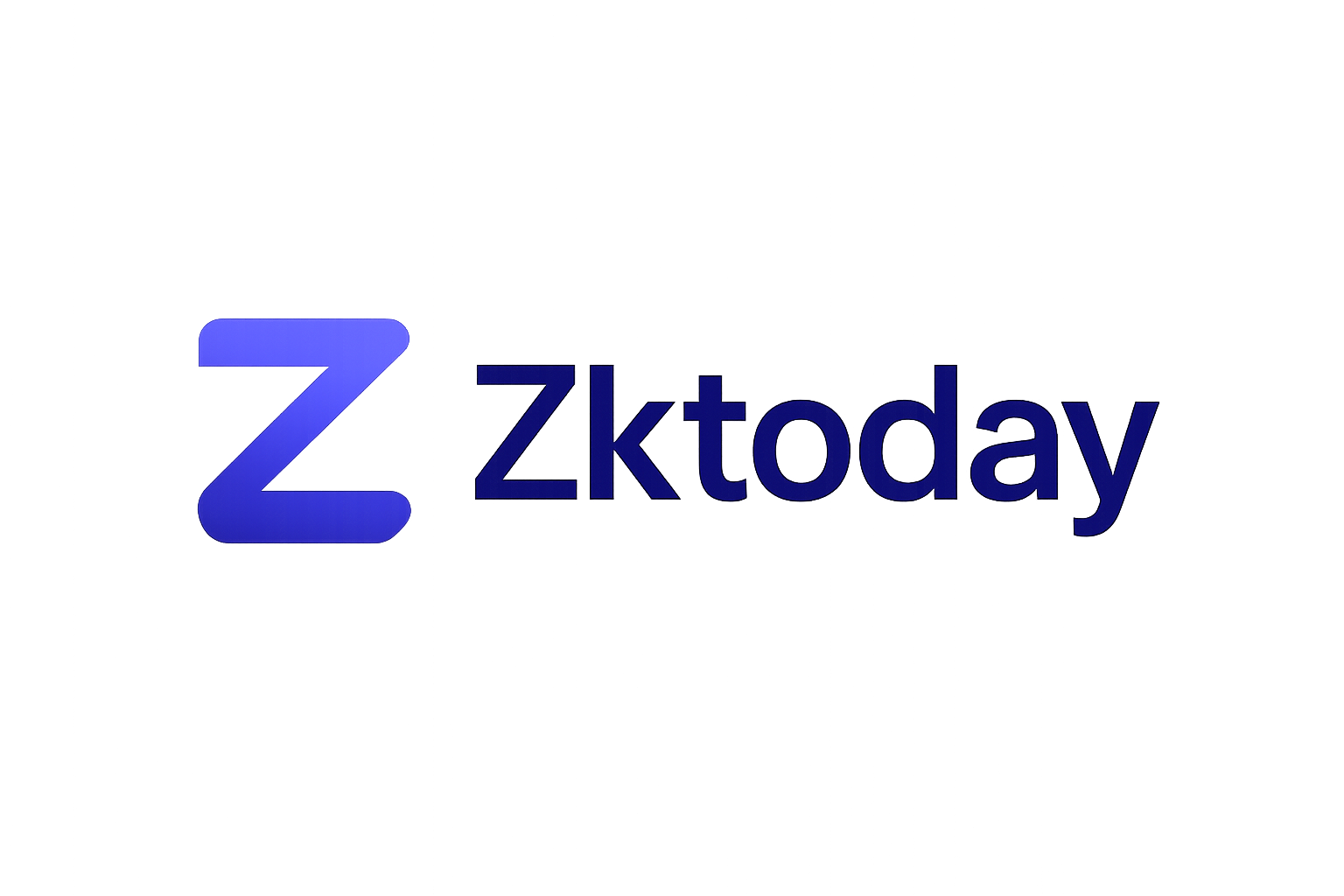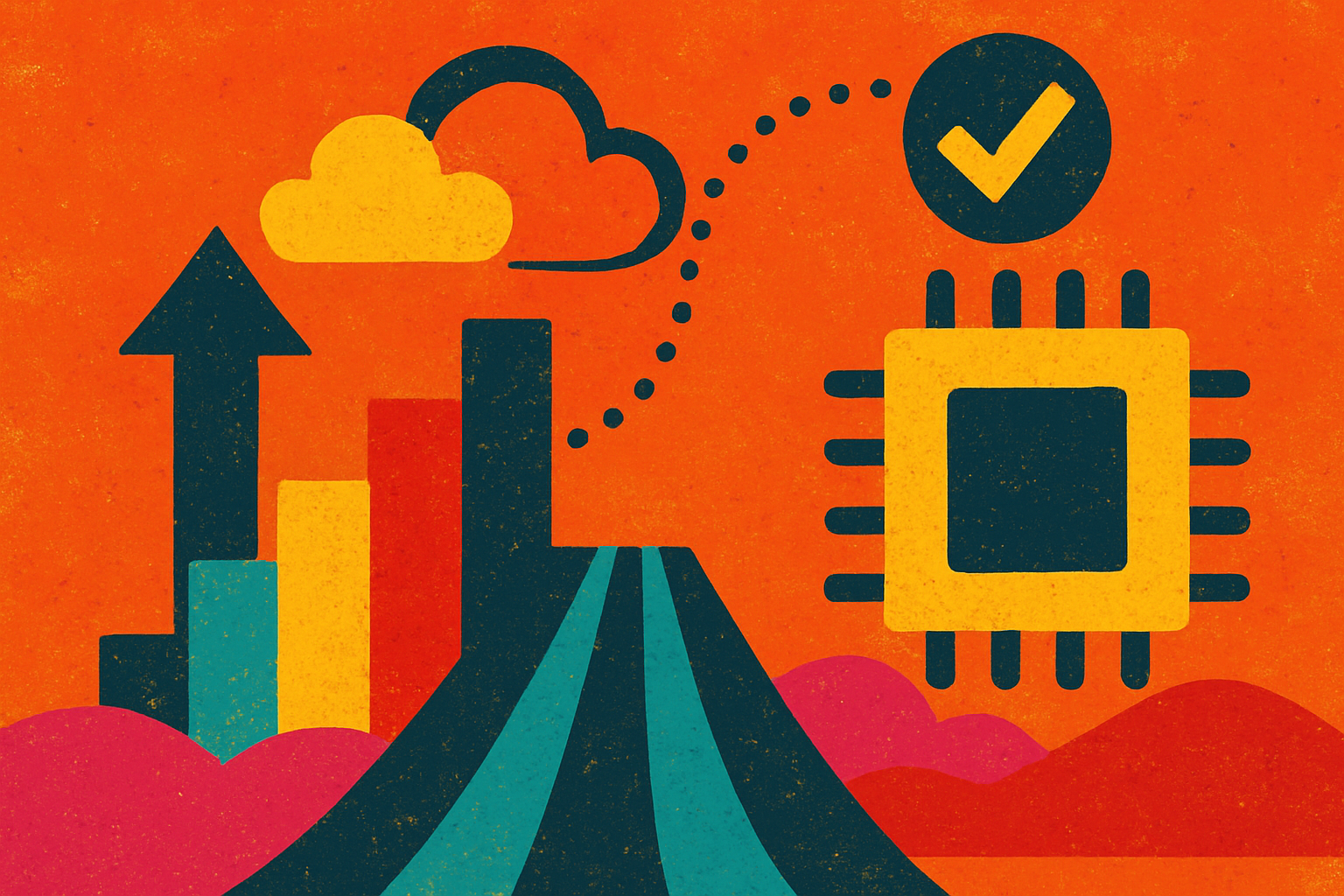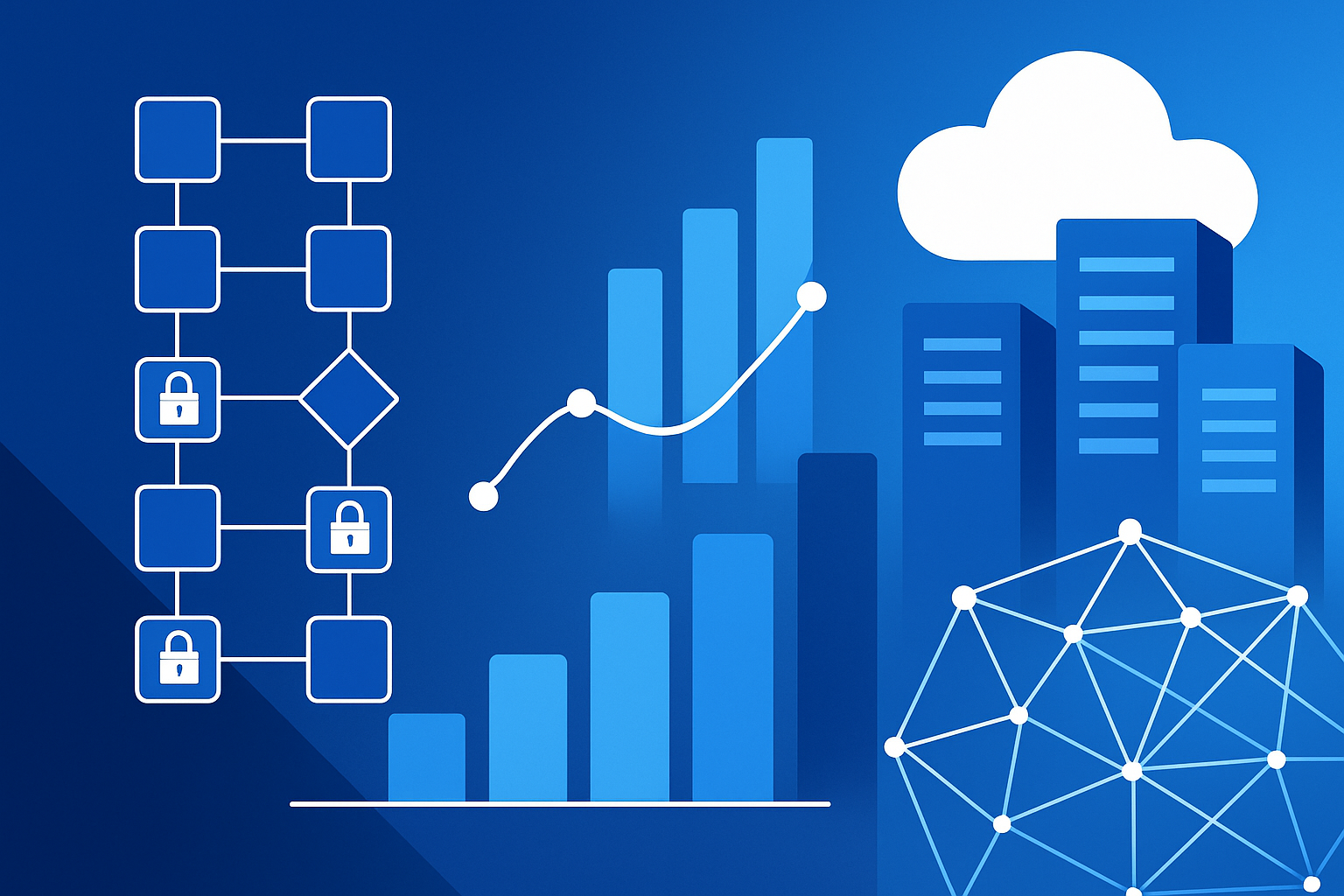
Ethereum’s mainnet has long been synonymous with high gas fees and network congestion, especially during periods of intense DeFi or NFT activity. Enter zkSync, a Layer-2 scaling solution utilizing zero-knowledge rollups (zkRollups) to transform the economics of Ethereum transactions. By aggregating thousands of operations off-chain and submitting a single succinct proof to the mainnet, zkSync slashes transaction costs by up to 90% without compromising on security or decentralization.
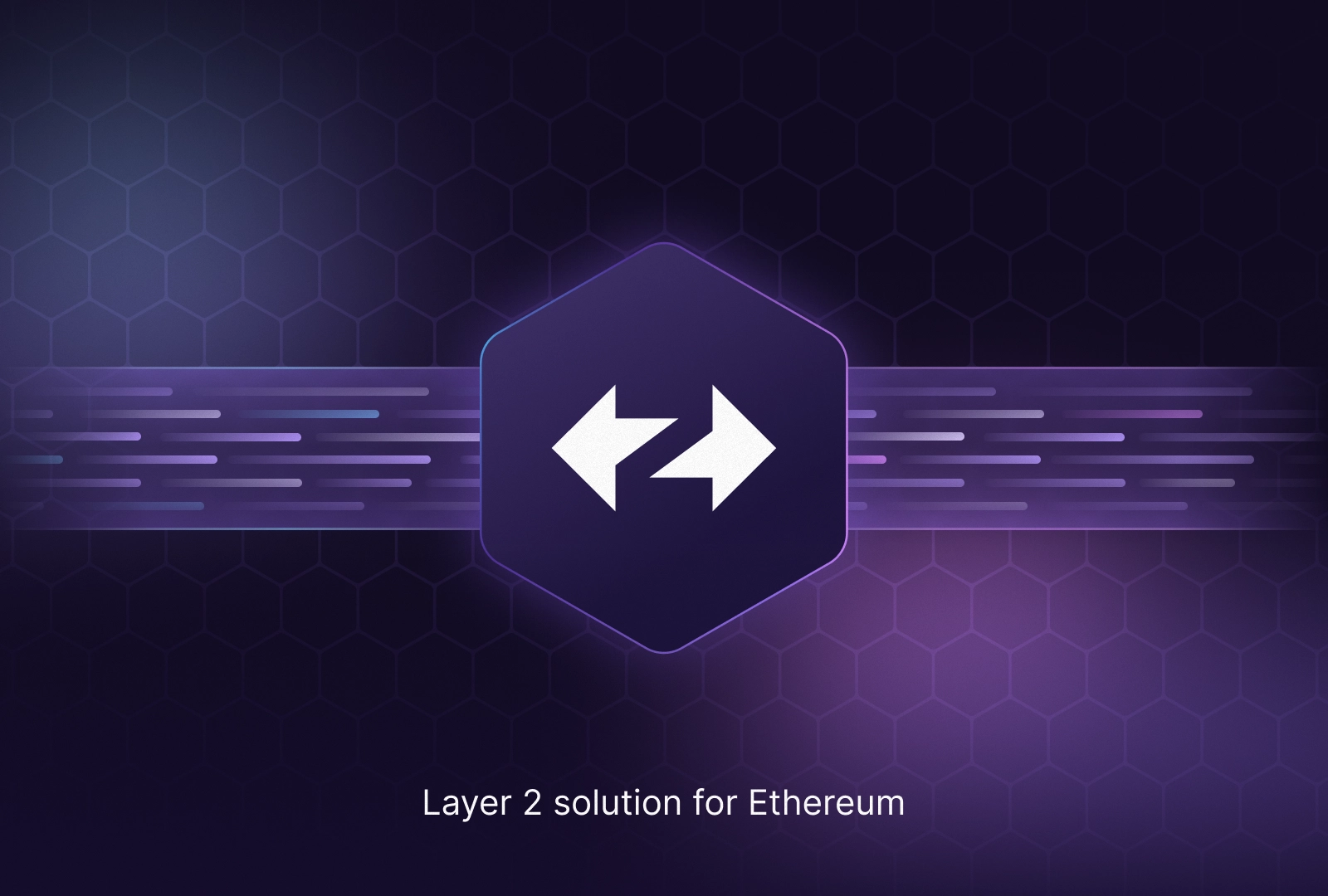
How zkSync’s zkRollup Architecture Delivers Lower Gas Fees
At the core of zkSync’s cost efficiency is its use of zero-knowledge proofs, specifically, validity proofs that allow the protocol to batch-process transactions off-chain. Instead of each transaction being settled individually on Ethereum, hundreds or even thousands are bundled together. A single cryptographic proof (typically a zk-SNARK) is then posted to the Ethereum mainnet, attesting to the correctness of all batched transactions.
This approach drastically reduces the amount of data and computation required on Layer 1. According to recent data, zkSync users routinely pay around $0.0001 per transaction, a 99% reduction from typical Layer 1 costs. The savings come from amortizing the expensive on-chain verification across all included transactions, making microtransactions and high-frequency trading economically viable for the first time on Ethereum.
Security Without Compromise: Zero-Knowledge Proofs in Action
Critically, these efficiency gains do not come at the expense of security. Unlike optimistic rollups that rely on fraud proofs and challenge periods, zkRollups like zkSync use mathematical validity proofs that are immediately final and trustless. The zero-knowledge proof guarantees that every state transition is correct; if even a single transaction in a batch were invalid, the entire proof would fail verification on Ethereum’s base layer.
This design ensures that users retain full custody over their assets at all times and can always withdraw funds directly from Layer 2 back to Layer 1 if needed. The decentralization properties remain intact because anyone can independently verify the validity proofs posted by zkSync operators.
The Economic Impact: Making Scalable Decentralized Applications Feasible
The implications for developers and end-users are profound. With gas fees slashed by approximately 90%, new classes of decentralized applications become economically feasible, ranging from gaming microtransactions to high-frequency DeFi protocols. For example, projects building on zkSync can offer near-instant settlements at fractions-of-a-cent costs while inheriting Ethereum’s robust security guarantees.
If you want a deeper technical dive into how these reductions are achieved at a protocol level, check out our dedicated analysis at How ZKRollups Reduce Ethereum Gas Fees by 90%: A Deep Dive into zkSync’s Scalability.
Another critical advantage of zkSync’s approach is its resilience in volatile market conditions. During periods of extreme network activity, Ethereum Layer 1 gas prices can spike unpredictably, pricing out smaller users and causing transaction delays. By contrast, zkSync’s batching mechanism absorbs these fluctuations, smoothing fee volatility and ensuring consistent user experience even when mainnet congestion is at its peak.
For dApp developers, this stability translates into predictable operational costs and the ability to design applications with mass adoption in mind. Whether it’s a decentralized exchange executing thousands of trades per second or an NFT marketplace supporting micro-purchases, zkSync’s architecture makes these use cases not only possible but sustainable on Ethereum.
Key Benefits of zkSync for Developers and Users
-
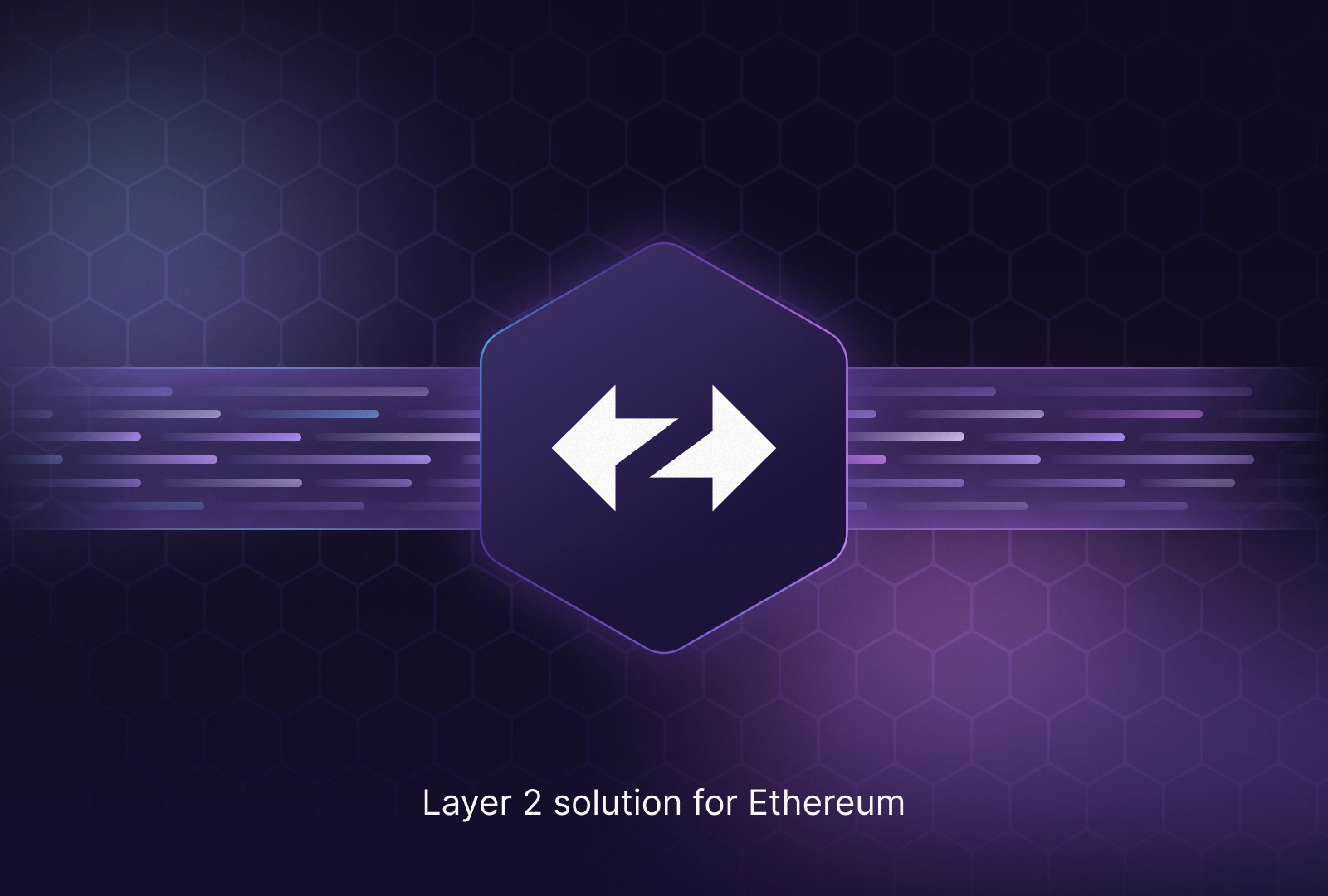
Up to 90% Lower Gas Fees: zkSync reduces transaction costs by batching transactions off-chain, achieving approximately 90% lower gas fees compared to Ethereum mainnet.
-
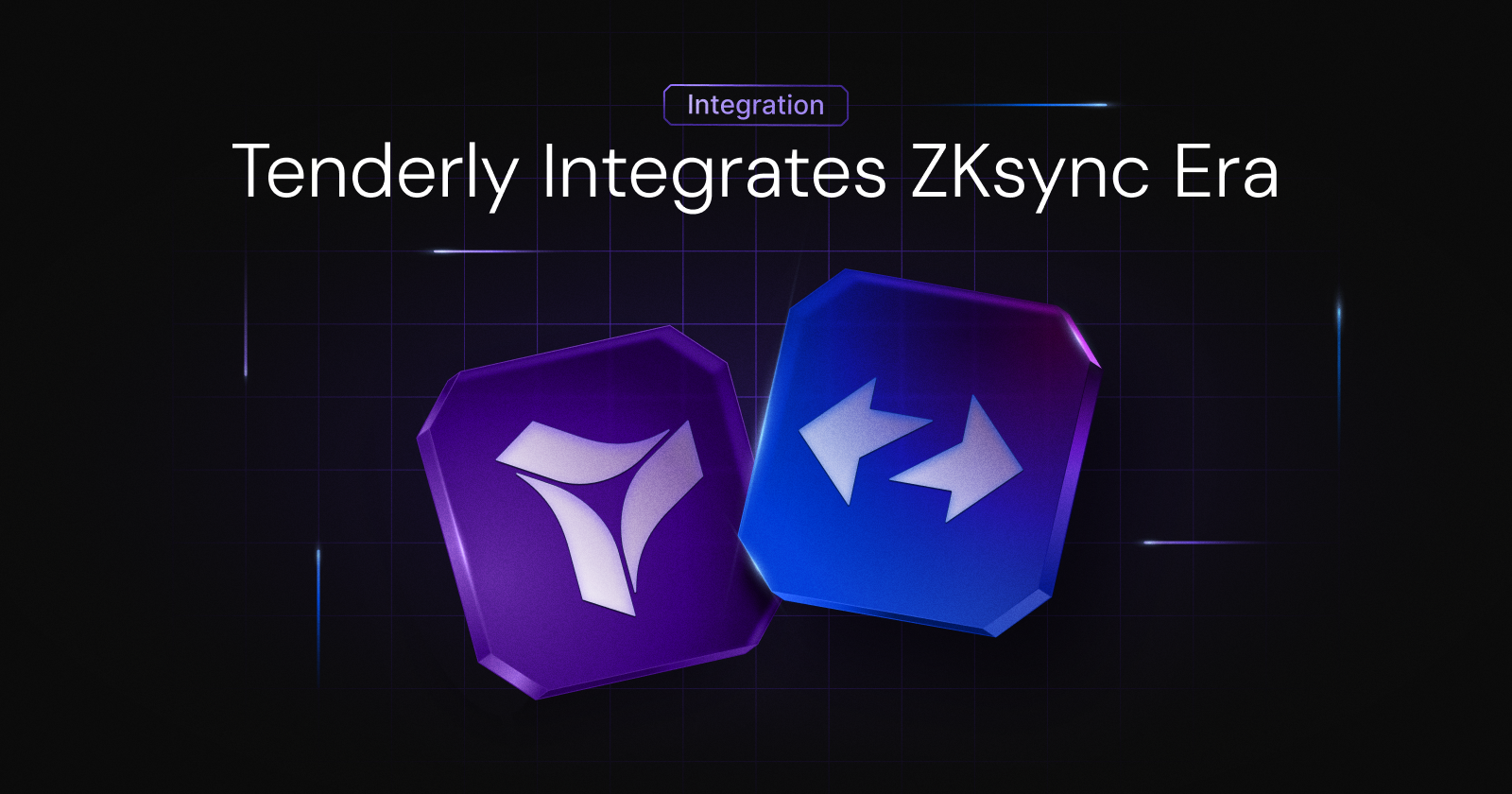
High Transaction Throughput: By leveraging zero-knowledge rollups, zkSync significantly increases the number of transactions processed per second without congesting the Ethereum network.
-

Maintained Ethereum-Level Security: zkSync uses zero-knowledge proofs to validate transactions, ensuring security and integrity are on par with Ethereum Layer 1.
-

Seamless Developer Integration: zkSync offers robust SDKs and API support, enabling developers to easily build and deploy scalable dApps.
-
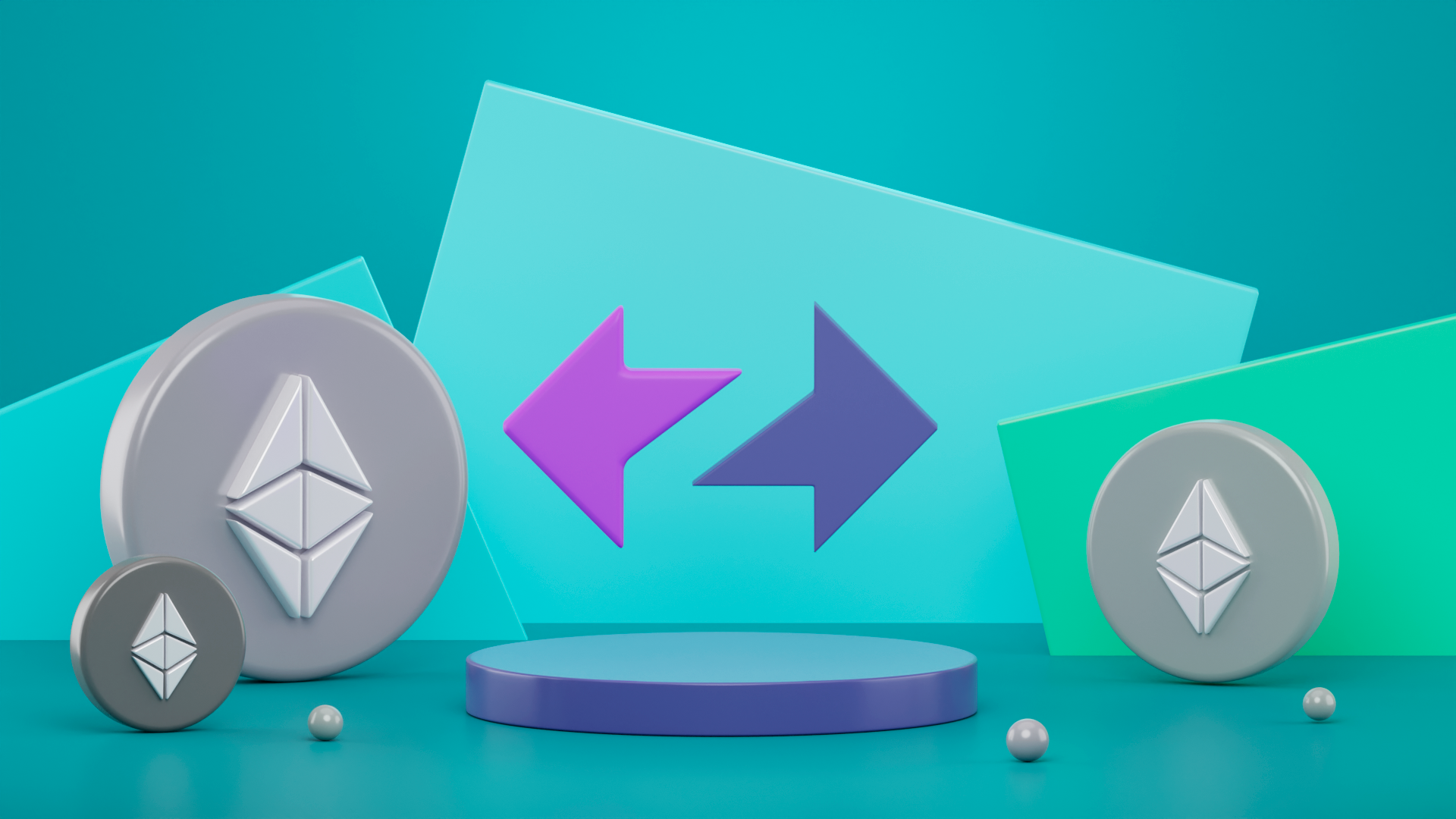
Fast Finality and Withdrawals: Transactions on zkSync are finalized quickly, with faster withdrawal times compared to some other Layer-2 solutions.
Decentralization and Trustlessness: How zkSync Maintains Mainnet Security
Security remains paramount in any scaling solution. With zkSync, every batch submitted to Ethereum is accompanied by a zero-knowledge proof that is publicly verifiable. This means that no central authority or operator can compromise the system, the smart contract on Ethereum will only accept state transitions proven correct by cryptographic evidence.
Furthermore, users’ ability to exit directly from Layer 2 to Layer 1 at any time eliminates counterparty risk. Even if all zkSync operators were to go offline or act maliciously, the protocol guarantees asset safety through its trustless withdrawal mechanism. This property is essential for institutional adoption and large-scale DeFi integrations where security cannot be an afterthought.
The Road Ahead: Adoption and Ecosystem Growth
As more projects migrate to Layer 2 solutions like zkSync, the broader Ethereum ecosystem stands to benefit from increased throughput and dramatically reduced fees. The composability of smart contracts on zkSync enables complex DeFi primitives while preserving interoperability with existing Ethereum infrastructure.
Looking forward, continued innovation in zero-knowledge proof systems promises even greater scalability gains. Recursive proofs and hardware acceleration are on the horizon, potentially pushing costs down further and unlocking new possibilities for on-chain privacy and computation.
For a technical breakdown of how zero-knowledge proofs underpin these advancements in gas efficiency without compromising decentralization or user safety, see our detailed guide: How ZK-Rollups Improve Ethereum Gas Fees: A Technical Breakdown.
The combination of massive fee reductions, robust security guarantees, and seamless developer experience positions zkSync as a cornerstone of Ethereum’s scaling roadmap, making blockchain-powered applications truly accessible at global scale.
